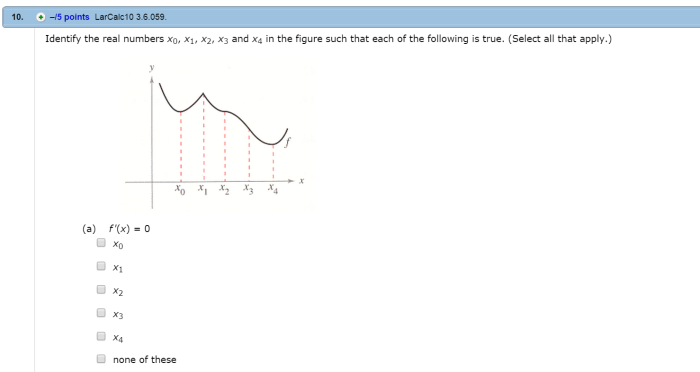Word problems with pythagorean theorem worksheet – As word problems with the Pythagorean theorem worksheet takes center stage, this opening passage beckons readers with gaya akademik dengan tone otoritatif into a world crafted with good knowledge, ensuring a reading experience that is both absorbing and distinctly original.
The Pythagorean theorem, a cornerstone of geometry, unveils its elegance through a multitude of real-life applications. This worksheet delves into a captivating exploration of word problems that harness the power of this theorem, inviting students to unravel intriguing scenarios and deepen their mathematical prowess.
Pythagorean Theorem Overview
The Pythagorean theorem is a fundamental theorem in geometry that establishes a relationship between the lengths of the sides of a right triangle. It states that in a right triangle, the square of the hypotenuse (the side opposite the right angle) is equal to the sum of the squares of the other two sides.
The formula for the Pythagorean theorem is:
c² = a² + b²
where:
- c is the length of the hypotenuse
- a and b are the lengths of the other two sides
The Pythagorean theorem has numerous applications in real life, such as:
- Calculating the height of buildings or trees
- Determining the distance between two points on a map
- Designing and constructing bridges and other structures
Word Problems with Pythagorean Theorem
Word problems involving the Pythagorean theorem require students to apply the formula to solve real-world problems. Here are some examples of word problems with varying difficulty levels:
- A ladder is leaning against a wall. The base of the ladder is 6 feet from the wall, and the top of the ladder reaches 8 feet up the wall. How long is the ladder?
- A rectangular garden is 12 feet long and 8 feet wide. If a diagonal path is created from one corner to the opposite corner, how long is the diagonal path?
- A right triangle has a hypotenuse of 10 cm. One of the other sides is 6 cm. What is the length of the remaining side?
Worksheet Design
A worksheet template can be created to help students solve word problems involving the Pythagorean theorem. The template should include the following columns:
- Problem statement
- Diagram (if needed)
- Calculations
- Solution
This template will provide a structured approach for students to solve the problems and check their work.
Step-by-Step Solutions
Detailed step-by-step solutions should be provided for each word problem. The solutions should explain the reasoning and mathematical operations used to arrive at the answer.
For example, the solution to the first word problem above would be as follows:
- Identify the given information: the base of the ladder is 6 feet from the wall, and the top of the ladder reaches 8 feet up the wall.
- Draw a diagram of the ladder and the wall.
- Label the sides of the right triangle formed by the ladder, the wall, and the ground.
- Use the Pythagorean theorem to find the length of the ladder:
- c is the length of the ladder
- a is the distance from the base of the ladder to the wall (6 feet)
- b is the height of the ladder (8 feet)
- Substitute the given values into the formula:
- Calculate the square of each side:
- Add the squares:
- Take the square root of both sides to find the length of the ladder:
- Simplify:
c² = a² + b²
where:
c² = 6² + 8²
c² = 36 + 64
c² = 100
c = √100
c = 10 feet
Therefore, the ladder is 10 feet long.
Visual Aids
Visual aids, such as diagrams or illustrations, can enhance understanding of the Pythagorean theorem and its applications. Clear and labeled diagrams should be included to represent the problems.
For example, the diagram for the first word problem above would show a right triangle with the ladder, the wall, and the ground as the sides. The base of the ladder would be labeled 6 feet, and the height of the ladder would be labeled 8 feet.
The hypotenuse of the triangle would be labeled c.
Practice Problems: Word Problems With Pythagorean Theorem Worksheet
Additional practice problems should be generated for students to reinforce their understanding of the Pythagorean theorem. These problems can include a mix of simple and challenging problems.
For example, some additional practice problems could include:
- A rectangular garden is 15 feet long and 10 feet wide. If a diagonal path is created from one corner to the opposite corner, how long is the diagonal path?
- A right triangle has a hypotenuse of 12 cm. One of the other sides is 8 cm. What is the length of the remaining side?
- A ladder is leaning against a wall. The base of the ladder is 5 feet from the wall, and the top of the ladder reaches 12 feet up the wall. How long is the ladder?
Questions and Answers
What is the Pythagorean theorem?
The Pythagorean theorem states that in a right-angled triangle, the square of the length of the hypotenuse (the side opposite the right angle) is equal to the sum of the squares of the lengths of the other two sides.
How can I use the Pythagorean theorem to solve word problems?
To solve word problems using the Pythagorean theorem, identify the right-angled triangle in the problem and label the lengths of its sides. Then, use the formula a^2 + b^2 = c^2, where a and b are the lengths of the two shorter sides and c is the length of the hypotenuse, to solve for the unknown side length.
What are some real-life applications of the Pythagorean theorem?
The Pythagorean theorem has numerous real-life applications, including finding the height of a building, the distance between two points, and the length of a ladder needed to reach a window.
